Learn how thermodynamic modelling and molecular simulation can help our understanding of amorphous solid dispersion
Click the button below to register
and view a recording of the webinar
Drug molecules with poor water solubility or limited bioavailability present significant clinical challenges. One solution is to disperse a non-crystalline form of the drug in a polymer matrix, creating an Amorphous Solid Dispersion, or ASD. When developing a new ASD drug formulation, it’s essential to understand how factors – such as drug load and surface interactions with water – influence the release of the medication. These factors can modify delivery, drive phase separation and drug crystallisation and even lead to a failure mechanism known as Loss of Release (LoR).
In this hour-long, interactive webinar, experts from Schrödinger and AbbVie present the results of a study using a combination of perturbed-chain statistical associating fluid theory, thermodynamic modelling and molecular simulation to investigate the release mechanism and the occurrence LoR of an ASD formulation consisting of ritonavir as the active pharmaceutical ingredient in a polyvinylpyrrolidone-co-vinyl acetate matrix. This study provides insights into the potential of blending thermodynamic modelling, molecular simulation and experimental research to understand ASD formulations.
By viewing this webinar you will…
- Learn how the integration of thermodynamic modeling, molecular simulation and experimental approaches can enhance understanding of ASD formulation behaviour
- See practical case studies of a complex ASD formulation that is comparable to commercially available formulations
- Identify key areas in R&D where this combinational approach applies
This webinar was broadcast on 10 June, 2025.
Speakers
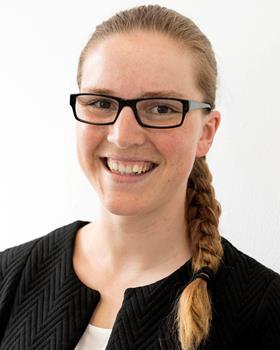
Stefanie Walter

Samuel Kyeremateng

Irene Bechis
Click the button below to register
and view a recording of the webinar

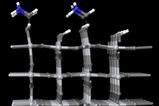
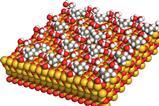

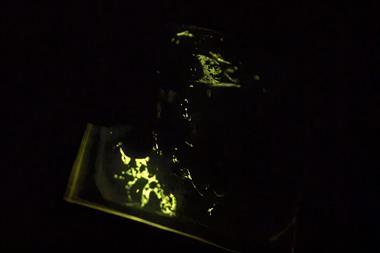










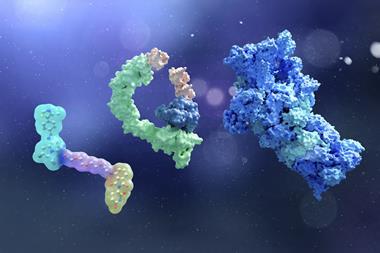
No comments yet